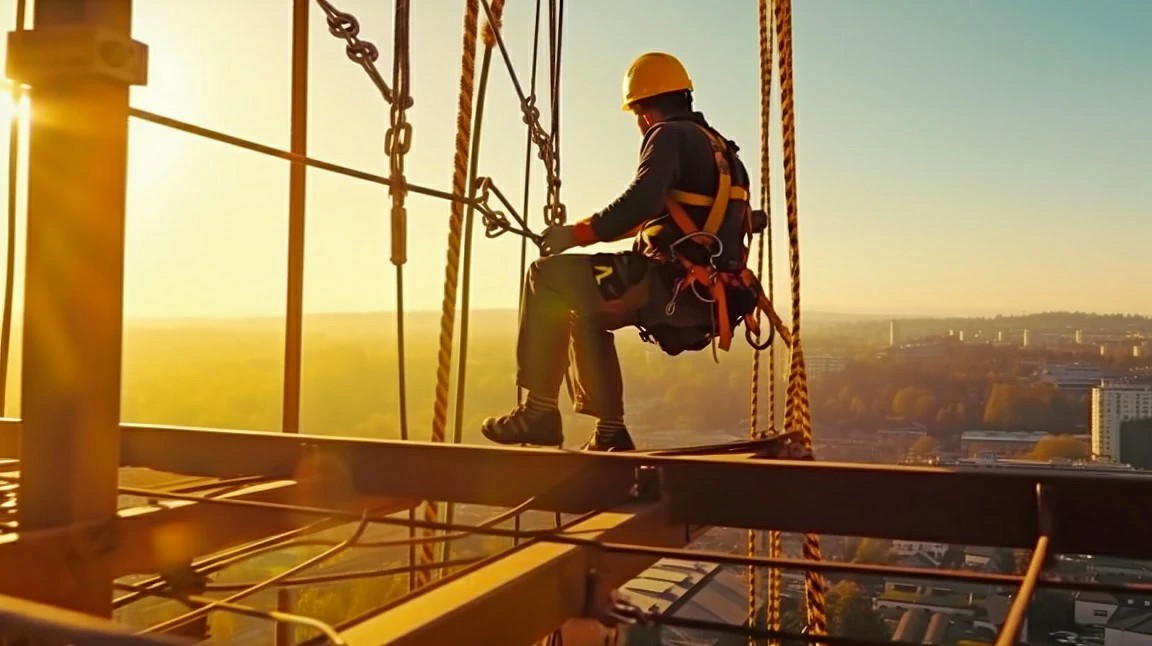


 349,500 Offered Certificates
349,500 Offered Certificates
 24/7 Online Training
24/7 Online Training
 Money Back Guarantee
Money Back Guarantee
 Fully Accredited Courses
Fully Accredited Courses

Created at: 22-02-2025 16:21
Working at heights poses significant safety risks for employees across various industries. Falls are one of the leading causes of workplace injuries and fatalities, making it crucial to implement comprehensive training and safety protocols. This blog post discusses common hazards associated with working at heights, the importance of fall protection systems, and effective emergency response planning. Moreover, we’ll share real-life case studies demonstrating how Working at Heights training has made a tangible difference in preventing workplace accidents.
When working at heights, there are numerous hazards that can lead to serious accidents, injuries, or fatalities. Being aware of these risks is the first step in preventing incidents. Here are the common hazards:
Implementing effective fall protection systems is crucial in safeguarding workers who are required to operate at heights. Some of the most commonly used systems include:
Investing in Working at Heights training and certification is essential for employers and employees alike. Proper training equips workers with the knowledge and skills needed to identify hazards, use equipment correctly, and follow safety protocols. Here’s how training plays a pivotal role in preventing accidents:
A solid emergency response plan is crucial for situations that might arise while working at heights. This plan should include:
Here are a couple of real-life case studies illustrating how effective Working at Heights training has prevented serious accidents:
At a large construction site in Dublin, workers were assigned to work on scaffolding installed several meters off the ground. Thanks to the Working at Heights Certification training they had received, the crew identified and rectified potential hazards, such as slippery surfaces caused by weather conditions. Moreover, they adhered to establishing adequate guardrails, which ultimately prevented a potential fall incident.
In Galway, a team performing rooftop repairs had undergone a Working at Heights Safety Course. The training provided them with insights on properly securing their harnesses and using safety nets effectively. When one worker lost balance due to an unexpected gust of wind, the training allowed him to use the lifeline appropriately, which prevented a fall that could have resulted in serious injuries.
The risks associated with working at heights are substantial, but by implementing comprehensive training programs like the Working at Heights Course, organizations can significantly reduce the incidence of accidents and save lives. Proper training and awareness, combined with effective equipment and emergency plans, are the cornerstones of safety when working at heights.
To ensure safety for your team and maintain compliance with workplace regulations, enroll in a certified Working at Heights Online Course today and empower your workforce with the skills they need to be safe on the job. For more information, contact us at [email protected].